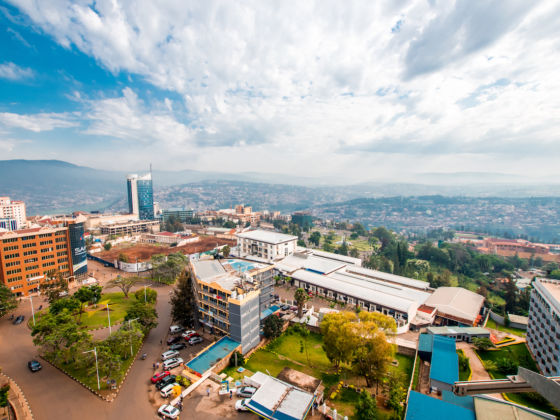[Editor’s note: April 7, 2012 is the 18th annual commemoration of the 1994 Rwandan genocide.]
AT THE END OF A RUTTED RED-DIRT ROAD, which snakes along intensely green, cultivated hillsides past makeshift houses and produce stands piled high with plantains, sits the high hill where one of the worst acts during Rwanda’s genocide was committed.
